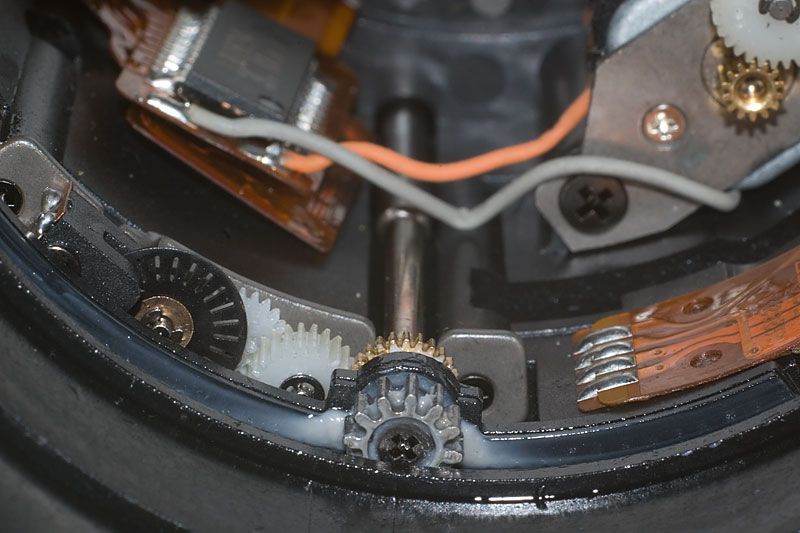The mechanical Power of the motor is 2*pi*Torque(rpm)*rpm The electric Power is usually only given for the nominal speed and is larger than the mechanical output power.
This means the output Power is dependent on the rpm and not constant(mostly). You need the Torque at halt to verify if it works with 645 lenses. This can be found in the datasheet. The characteristic curve Torque over rpm can look very different depending on the kind of motor and the way it is electrically connected. But such data will be hard to come by... The required Torque for the lens gear is usually unknown too.
Got some DC motors flying around here, mainly from old printers. Its harder to work with them when I cant find the datasheet. You can rip your K3 open to see the motor label, but this does not guarantee you will find the data or at least can get it back together... So dont do it

If the 645 lenses actually can be focussed with the motor, there could be problems with heat and faster detoriation because of the higher required torque. Hower it could acually work but I would rather do this on an old body.


 Similar Threads
Similar Threads 











 Post #4 by Adam
Post #4 by Adam








